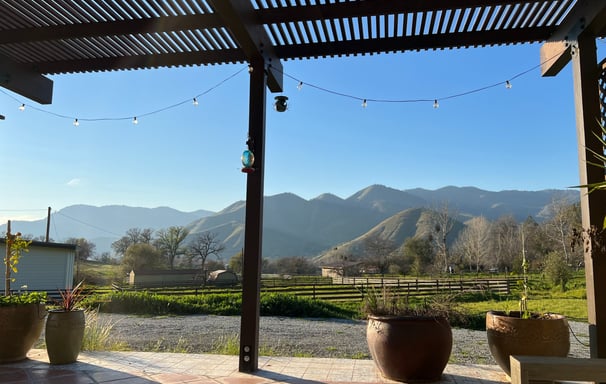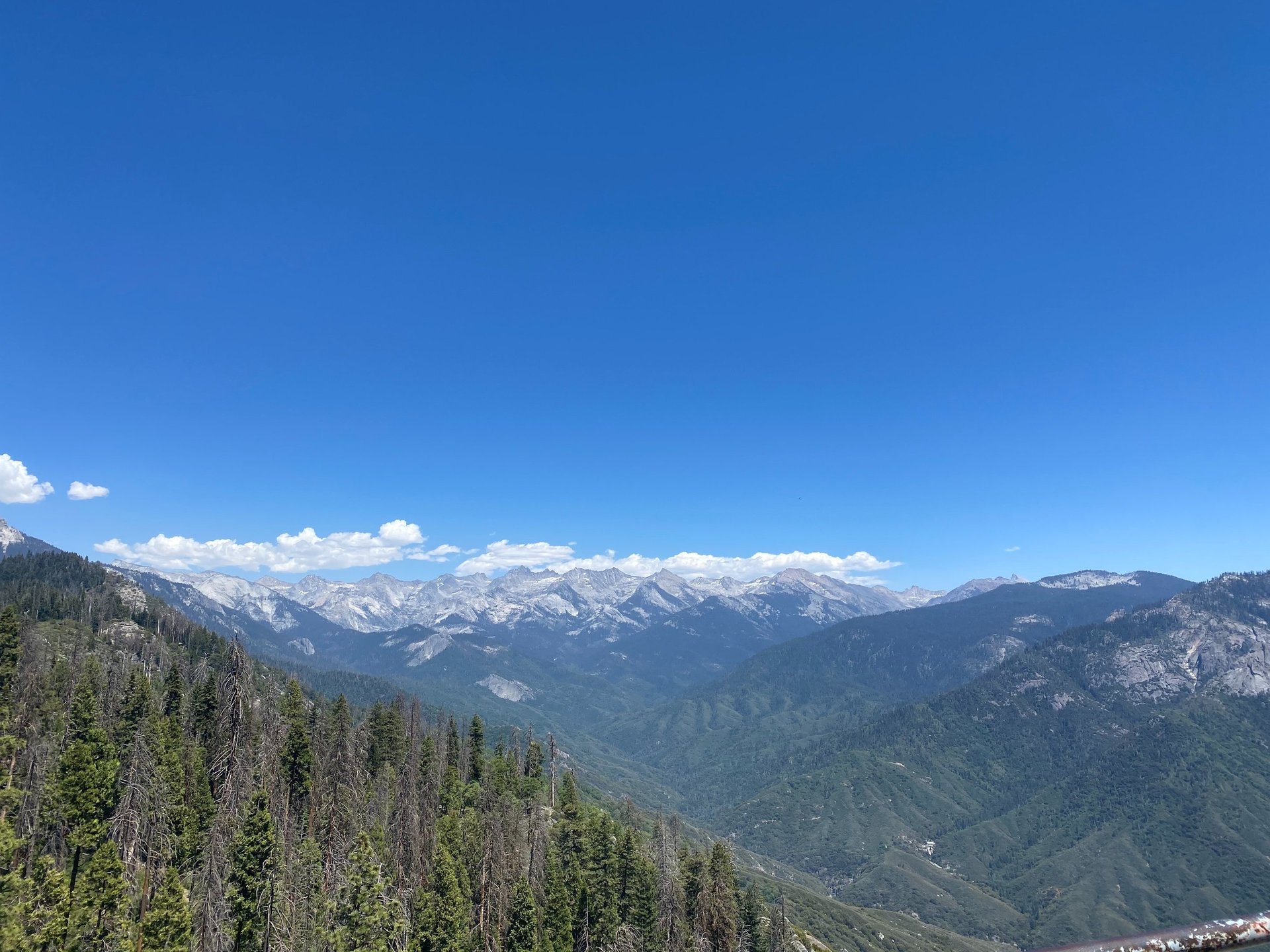
Sequoia National Park
Sierra Mountains - California, USA
General info about the park...
Established in 1890, Sequoia is the second national park ever designated in the United States. In 1976 UNESCO designated Sequoia as an International Biosphere Reserve for its unique biodiversity featuring oak woodlands and conifer forests with both alpine and subalpine characteristics. Sequoia National Park is best known for its groves of Sequoia (giant redwood) trees- some of the largest and oldest trees in the world.
The size of the park exceeds 400,000 acres and sees over 1 million visitors per year. Its location towards the southern end of the Sierra Nevada mountain range puts it about a 4 hour drive away from Los Angeles or a 5 hour drive away from San Francisco. Sequoia is most visited in the summer although spring and fall see moderate traffic as well. The winter sees the fewest visitors as temperatures can reach below freezing, many park roads are closed, and snowstorms are common. Each season offers a unique perspective of this amazing park.
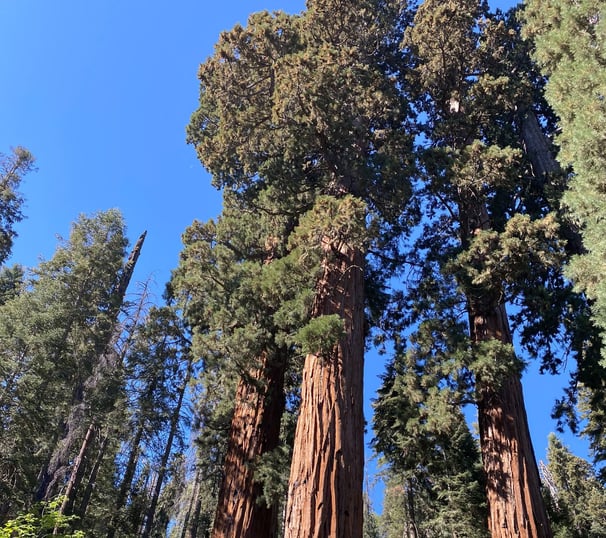

General's Highway & Visitors Centers
The main park road is accessed on the southern end from the town of Three Rivers or on the northern end from Grant Grove Village which is the entrance of Kings Canyon National Park.
Coming from the south, you will first reach the Foothills Visitor Center where you have basic services such as park info and maps, restrooms, and a gift shop. There are also exhibits about the human history of the region. Nearby at Hospital Rock, you can find pictographs dating back hundreds of years.
As you travel further info the park, you will reach Lodgepole Visitor Center situated in a densely forested zone at an elevation of 6,700 feet. Here, you can find more exhibits and watch movies about the park, speak to a ranger, and obtain wilderness permits. There is also a larger gift shop, restrooms.
The Giant Forest Museum near the trailhead to the iconic Giant Forest groves is a great place to learn more about Sequoia's namesake trees- also known as giant redwoods.
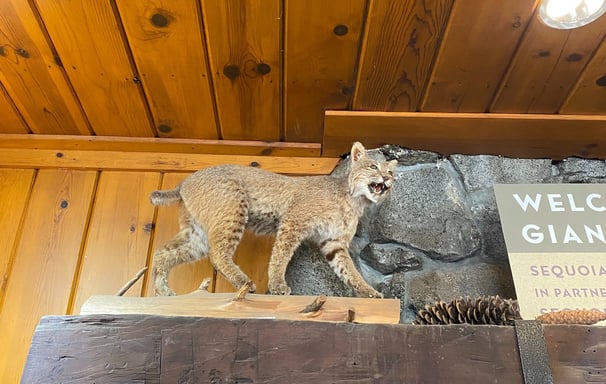

General Sherman Tree
General Sherman is the largest tree in the world by volume. Standing at an astounding 275 feet tall with a diameter of 36 feet at the base of its trunk and a weight of nearly 1,400 tons. This 2,200 year old specimen is actually younger than the oldest sequoia trees in the world by over 1,000 years as some date to almost 3,500 years old. This massive Sequoia tree is one of the most popular tourist attractions in the national park.
A short 1/2 mile paved trail with some stairs takes you to the base of this famous tree with an ADA accessible path as well. General Sherman is very popular and so in summer, the parking lot, trail, and the base of the tree can get very busy.
The quieter Congress Trail begins near General Sherman where a 3 mile loop will take you to impressive groves named after legislative branches such as "The House" & "The Senate".
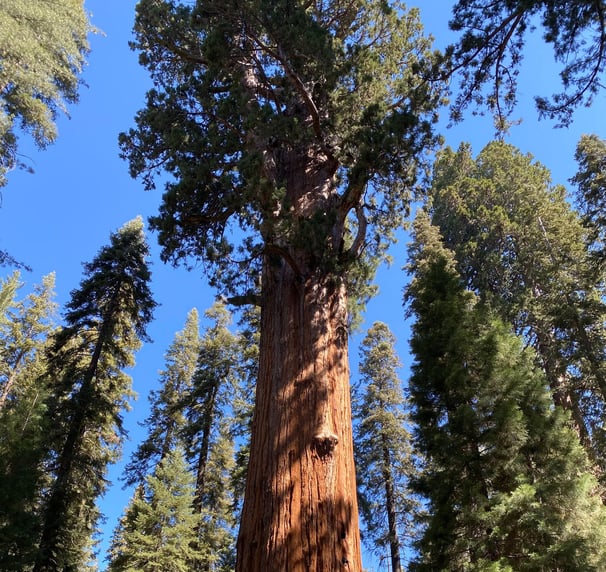

Giant Forest
Aptly named by John Muir in 1975, this impressive grove of giant redwood trees in the heart of Sequoia National Park is home to nearly half of the largest and longest living sequoia trees on Earth. The Giant Forest includes some of the previously mentioned hiking trails such as the General Sherman Trail and Congress Trail. Inside of the Giant Forest Museum, visitors can learn more about sequoia trees.
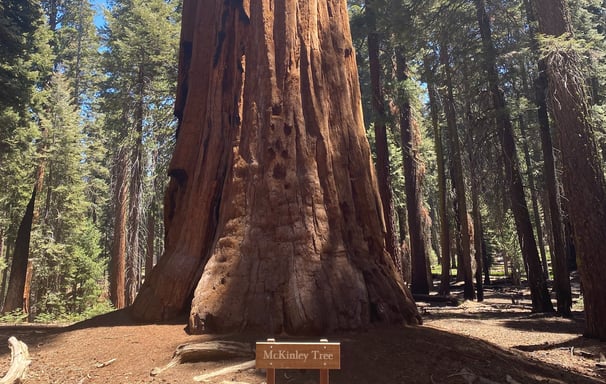

Crescent Meadow
This flat 1.5 mile loop around a tranquil meadow surrounded by coniferous trees is a great way to appreciate the beauty and solitude of Sequoia National Park. Best visited spring, summer, or fall, this verdant meadow is popular with photographers as ever changing light provides many opportunities for capturing a variety of backdrops.
This family friendly trail also offers visitors a viewing opportunity of another Sequoia National Park landmark: Tharp's Log- a preserved log cabin from 1861 built into the side of a horizontal fallen tree constructed by Hale Tharp making him the first non-native inhabitant to live in the area.
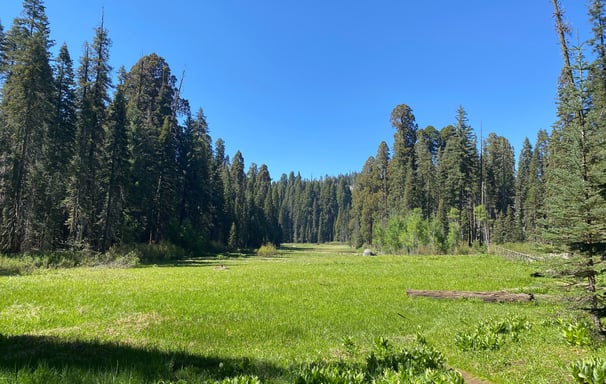

Moro Rock
This short trail with its iconic 450 step stairway takes visitors to the top of this granite dome where expansive views of the Sierra Nevada range. The observation deck atop the rock stands at 6,700+ feet of elevation and allows views of the Great Western Divide with its many snow capped peaks exceeding 12,000 feet in elevation. The stairway of Moro Rock constructed in 1930 by the Civilian Conservation Corps is listed on the US National Register of Historic Places.
Although the trail is not difficult, you do gain over 300 feet of altitude rather quickly and the stairway can be extremely slippery after rain so exercise caution as you ascend.
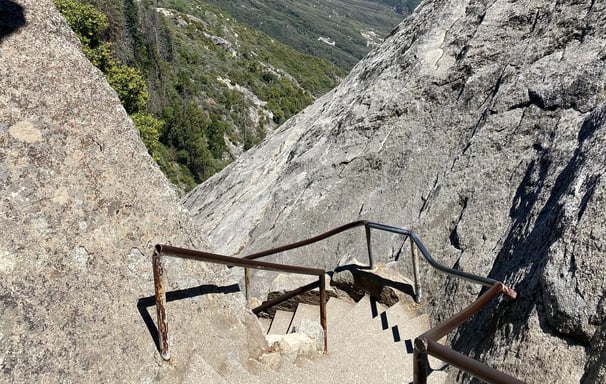

Camping & Lodging
Sequoia National Park offers several options for tent and RV camping inside of the park. Most centrally located within the park are are the Lodgepole and Giant Forest Campgrounds. Additional campgrounds are scattered on the southern and northern ends of the Generals Highway, but note that due to severe winter storms in 2023, some have not yet reopened. It's always recommended to check the national parks website for camping info and to make reservations when applicable.
The Wuksachi Lodge is the only hotel within the park. This modern accomodation contains 102 guest rooms, a bar, and restaurant. It's located in the heart of the Giant Forest.
As another option, there are many good accommodations such as AirBnbs, campsites, and hotels in the rural town of Three Rivers just 15 minutes south of the park entrance.
